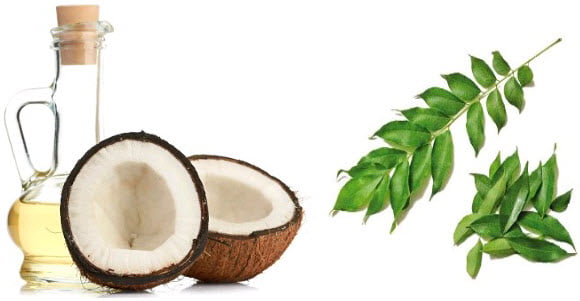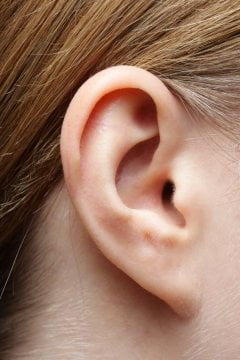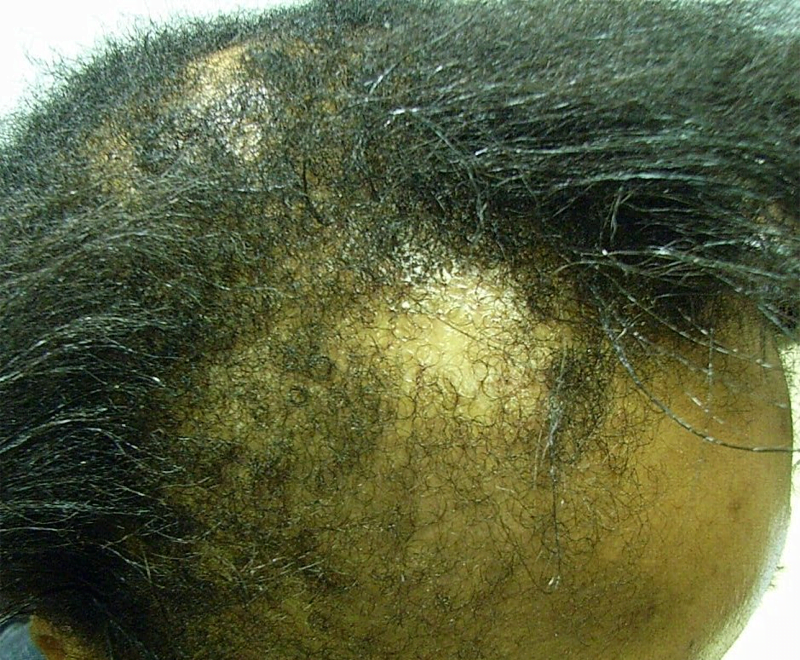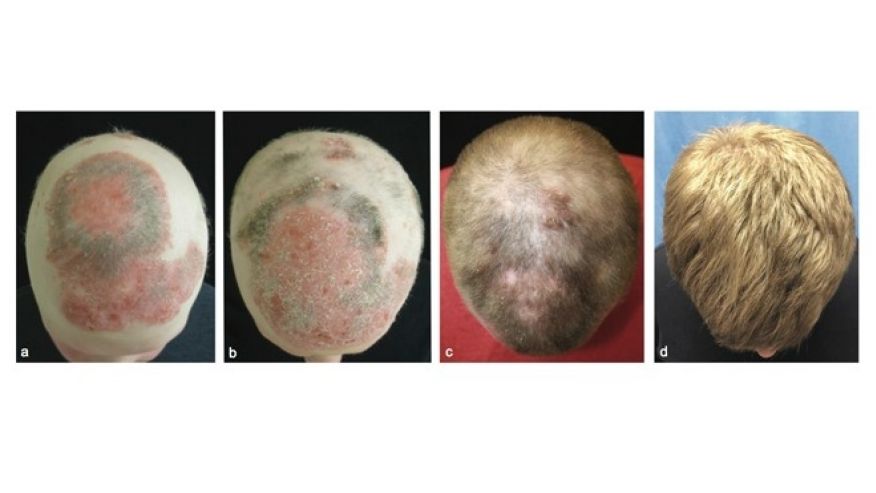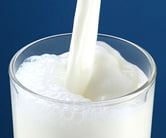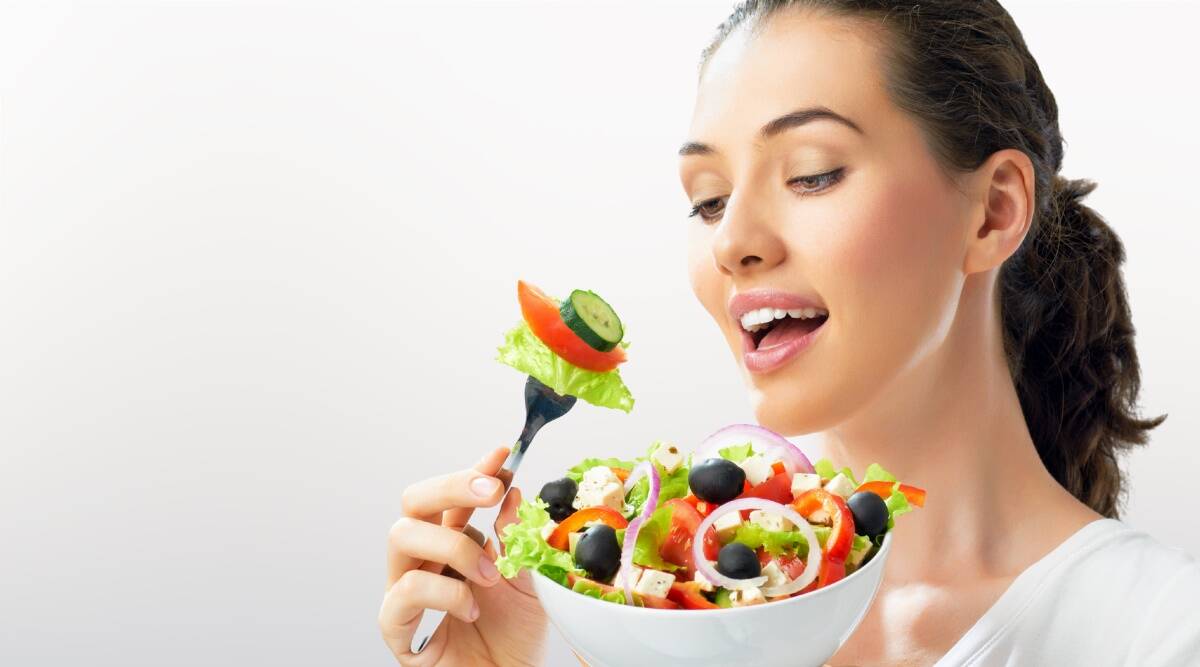n our modern and fast-paced lives, it can be difficult to keep a healthy balance of nutrients in our food. Sugar is one of these nutrients, and the cells in our body would die without it.
Consuming too much sugar, however, raises the risk of several problems, including poor dental health, obesity and type 2 diabetes.
To keep control of sugar levels, it helps to know just how much sugar there is in the food we eat. Here, we have listed the sugar content of numerous everyday foods, both processed and natural ones.
What is sugar?

Sugar is a simple carbohydrate that belongs to a class of chemically-related sweet-flavored substances. It comes in many different forms. The three main types of sugar are sucrose, lactose, and fructose.
Even though our cells need sugar (glucose) to survive, consuming too much of it can cause numerous different health problems. Added sugar contains no beneficial nutrients and in excess only contributes to tooth decay, diabetes, and obesity.
The American Heart Association (AHA) have said that added sugars “contribute zero nutrients” and are just empty calories “that can lead to extra pounds, or even obesity, thereby reducing heart health.”
Being aware of the existing and added sugar contents of the foods and drinks we consume is vital for our health – even more so today because so many products have sugar added to them.
In March 2015, the World Health Organization (WHO) published new guidelines recommending that adults and children alike reduce their consumption of free sugars to less than 10% of their total energy intake, with further reduction to below 5% associated with additional health benefits.
The term free sugars includes to glucose, fructose and sucrose added to foods and drinks, as well as sugars naturally present in syrups, honey and fruit juice. The term does not apply to sugars found naturally in fresh fruit, vegetables or milk, as to date there is no evidence associating the consumption of these sugars with adverse effects.
A single teaspoon of sugar is around 4 grams (g). The WHO state that reducing daily sugar consumption to 5% of daily energy intake would be around 6 teaspoons of sugar.
Sugar content in common foods and drinks
To help you keep track of how much sugar you’re consuming we’ve listed some common everyday foods and drinks, together with their sugar content. Some of these may surprise you:
How much sugar is in a chocolate bar?

With high sugar content, chocolate should always be viewed as an occasional treat.
- Snickers bar (52.7g) – 6.75 teaspoons of sugar
- Milk chocolate bar (44g) – 5.75 teaspoons of sugar
- Milky Way bar (58g) – 8.75 teaspoons of sugar
- 3 Musketeers bar (60g) – 10 teaspoons of sugar
- Butterfinger bar (60g) – 7 teaspoons of sugar
- Dove chocolate bar (40.8g) – 5.5 teaspoons of sugar
- Hershey’s Milk Chocolate bar (43g) – 6 teaspoons of sugar
- Twix bar (50.7g) – 6 teaspoons of sugar
- Milk chocolate M&M’s packet (47.9 g) – 7.5 teaspoons of sugar.
How much sugar do soft drinks contain?

Soft drinks often contain a high amount of sugar.
- Coca cola (one can) – 8.25 teaspoons of sugar
- Pepsi cola (one can) – 8.75 teaspoons of sugar
- Red Bull (one can) – 6.9 teaspoons of sugar
- Sprite (one can) – 8.25 teaspoons of sugar
- Mountain Dew (one can) – 11.5 teaspoons of sugar
- Old Jamaica Ginger Beer (one can) – 13 teaspoons of sugar.
A study published in Circulation, the journal of the American Heart Association, identified a link between drinking more than one soft drink a day and increased risk of developing heart disease and diabetes.
How much sugar is in your breakfast cereal?
*(per 100 grams)

Froot Loops are said to contain 105 times more sugar than Shredded Wheat.
- Alpen – 5.75 teaspoons of sugar
- Cheerios – 1 teaspoon of sugar
- Corn Flakes – 2.4 teaspoons of sugar
- Cocoa Krispies – 9.75 teaspoons of sugar
- Froot Loops – 10.5 teaspoons of sugar
- Raisin Bran – 7.75 teaspoons of sugar
- Frosted Flakes – 8.75 teaspoons of sugar
- Honey Smacks – 14 teaspoons of sugar
- Rice Krispies – 2.5 teaspoons of sugar
- Special K – 3 teaspoons of sugar
- Wheaties – 3.75 teaspoons of sugar
- Trix – 8 teaspoons of sugar
- Lucky Charms – 9 teaspoons of sugar
- Rice Chex – 2 teaspoons of sugar
- Wheat Chex – 2.5 teaspoons of sugar
- Corn Chex – 2.75 teaspoons of sugar
- Honey Nut Cheerios – 8.25 teaspoons of sugar
- Reese’s Puffs – 8.75 teaspoons of sugar
- Golden Grahams – 8.75 teaspoons of sugar
- Cocoa Puffs – 9.25 teaspoons of sugar
- Cookie Crisp – 8.75 teaspoons of sugar
- Shredded Wheat – 0.1 teaspoons of sugar
- Cocoa Pebbles – 9 teaspoons of sugar
- Banana Nut Crunch – 4.5 teaspoons of sugar.
In June 2012, researchers from Yale Rudd Center for Food Policy & Obesity revealed that even though cereals aimed at kids had become more nutritious, cereal companies (such as Kellogg, General Mills, and Post) had increased their advertising spending considerably. Cereal advertising aimed at children increased by 34% between 2008 and 2011.
Marlene Schwartz, deputy director of the Rudd Center, said:
“While cereal companies have made small improvements to the nutrition of their child-targeted cereals, these cereals are still far worse than the products they market to adults. They have 56% more sugar, half as much fiber, and 50% more sodium.
The companies know how to make a range of good-tasting cereals that aren’t loaded with sugar and salt. Why can’t they help parents out and market these directly to children instead?”
How much sugar does fruit contain?
Fruits contain fructose, a type of sugar. Fresh fruit have no “added sugar”, but as you can see below, their levels of sugar range from 1 teaspoon per 100 grams in cranberries to 4 teaspoons in grapes.
*per 100 grams

Bananas contain approximately 3 teaspoons of sugar (fructose).
- Mangos – 3.2 teaspoons of sugar
- Bananas – 3 teaspoons of sugar
- Apples – 2.6 teaspoons of sugar
- Pineapples – 2.5 teaspoons of sugar
- Grapes – 4 teaspoons of sugar
- Lemons – 0.6 teaspoons of sugar
- Kiwi fruit – 2.3 teaspoons of sugar
- Apricots – 2.3 teaspoons of sugar
- Strawberries – 1.3 teaspoons of sugar
- Raspberries – 1 teaspoon of sugar
- Blueberries – 1.7 teaspoons of sugar
- Cranberries – 1 teaspoons of sugar
- Tomatoes – 0.7 teaspoons of sugar.
How much sugar do cakes and desserts contain?

A medium slice of carrot cake contains approximately 3 teaspoons of sugar.
- Banoffee pie (1 medium portion) – 4.25 teaspoons of sugar
- Carrot cake (1 medium slice) – 3 teaspoons of sugar
- Custard (1 medium portion) – 3.25 teaspoons of sugar
- Chocolate mousse (1 medium portion) – 3 teaspoons of sugar
- Donut (1 jam doughnut) – 3.5 teaspoons of sugar
- Fruit pie (1 medium portion) – 3.5 teaspoons of sugar
- Fruit cake (1 medium slice) – 5 teaspoons of sugar
- Muffin (one chocolate chip muffin) – 4.75 teaspoons of sugar
- Ice cream (1 scoop) – 3 teaspoons of sugar
- Rice pudding (1 portion) – 3.75 teaspoons of sugar
- Sponge cake (1 medium slice) – 5.5 teaspoons of sugar
- Swiss roll (1 roll) – 2.5 teaspoons of sugar.
Why should I monitor my sugar intake?
The American Heart Association has urged people to cut their added sugar intake because of evidence that it can cause the following health conditions:
- Obesity – Scientists at the Medical Research Council found that eating more sugar is associated with obesity.
- High blood pressure – A high-fructose diet raises blood pressure in men, according to research reported at the American Heart Association’s 63rd High Blood Pressure Research Conference.
- Heart disease – Researchers at the Emory University School of Medicine and the US Centers for Disease Control and Prevention (CDC), found that people who consume higher amounts of added sugar are more likely to have heart disease risk factors.
- Type 2 diabetes – Research conducted at the University of California-San Francisco indicates that sugar intake could be directly linked to type 2 diabetes.
Added sugar consumption far too high
The US Centers for Disease Control and Prevention (CDC) reported that far too many Americans are consuming too manycalories from added sugars. The report revealed that nearly 13% of adults’ total caloric intake are coming from sources such as sugar and high fructose corn syrup.
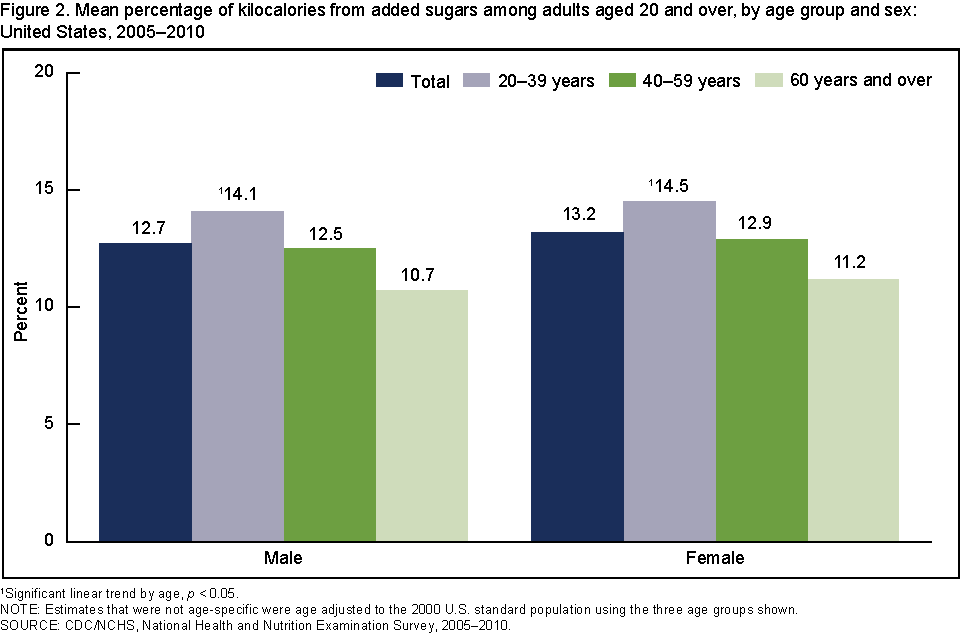
Sugar: The bitter truth – video
Robert H. Lustig, MD, UCSF Professor of Pediatrics in the Division of Endocrinology, explores the damage caused by sugary foods in this video from 2009. He argues that fructose (too much) and fiber (not enough) appear to be cornerstones of the obesity epidemic through their effects on insulin.
Consumers need information on “added sugars” – video
Dr. Aseem Malhotra, a cardiologist, wrote in the BMJ in 2013 that dietary advice on added sugar is damaging people’s health. Dr. Malhotra said “not only has this advice been manipulated by the food industry for profit but it is actually a risk factor for obesity and diet related disease.”
Food labels in the USA and Europe contain only information on total sugars per serving, and tell us nothing about added sugar. “It is therefore almost impossible for consumers to determine the amount of added sugars in foods and beverages,” Dr. Malhotra added.
Prof. Tim Noakes, Director at the Research Unit for Exercise Science and Sports Medicine, University of Cape Town, South Africa, wrote in the same journal: “Sugary sports drinks are promoted as essential for athletic performance, but are used predominantly by those without real athletic aspirations. Users need to understand that exercise may not protect them from the negative consequences of an excessive sugar intake.”
In the video below, Dr. Miriam Vos, assistant professor of pediatrics (gastroenterology) at Emory University School of Medicine explains what “added sugars” are and how they are different from the natural sugars we find in fruit or milk.
[Source:- Medicalnewstoday]

